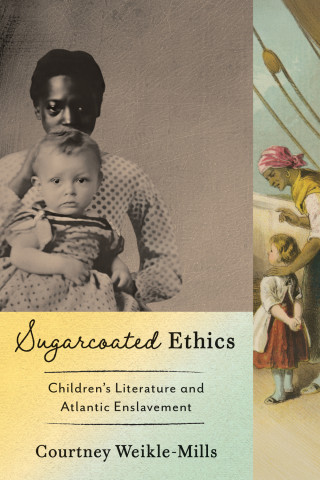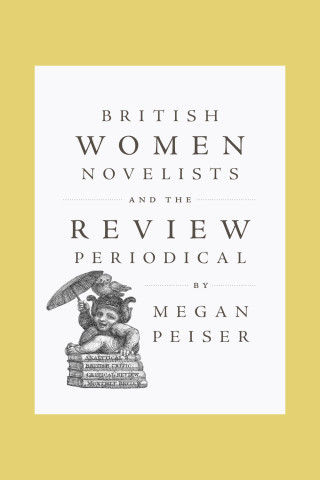
Reviews
It is clearly written and considers texts over a wide historical range.
Gladfelder carries through his project in a series of incisive against-the-grain readings.
An essential analysis of the criminal narratives that became part of the 18th-century English reader's experiences and their influence upon the novels that we continue to read.
Smart, thorough, and provocative... A unique and valuable contribution to the studies of crime literature and the eighteenth-century novel.
This is a fresh and stimulating, often original, deeply intelligent, and almost completely persuasive study.
Gladfelder has done an excellent job of scholarship. This book will make a mark as one of the most complete books on the relation between criminality and the novel. It is also a very good re-reading of the standard works in the field.
Book Details
Introduction
Part I: CRIMINAL REPRESENTATIONS
Chapter 1: Constructing the Underworld: Criminal Anatomies
Chapter 2: Picaresque and Providential Fictions
Chapter 3: Crime Reports and Gallows Writing
Chapter
Introduction
Part I: CRIMINAL REPRESENTATIONS
Chapter 1: Constructing the Underworld: Criminal Anatomies
Chapter 2: Picaresque and Providential Fictions
Chapter 3: Crime Reports and Gallows Writing
Chapter 4: Criminal Trials: Testimony and Narrative Realism
Chapter 5: Criminal Biographies: The Singular and the Exemplary
Part II: CRIME AND IDENTITY: DEFOE IN THE 1720s
Chapter 6: Colonel Jack's Childhood
Chapter 7: Moll Flanders and Her Confederates
Chapter 8: Guilt and the Reader of Roxana
Part III: THE JUDGE AND THE AUTHOR: FIELDING THE MIDCENTURY
Chapter 9: The Politics and Poetics of Crime and Punishment
Chapter 10: Fielding as Magistrate: The Canning and Penlez Cases
Chapter 11: Amelia: Imprisonment and Transgression
Epilogue: English Radicalism and the Literature of Crime
Notes
Bibliography
Index





